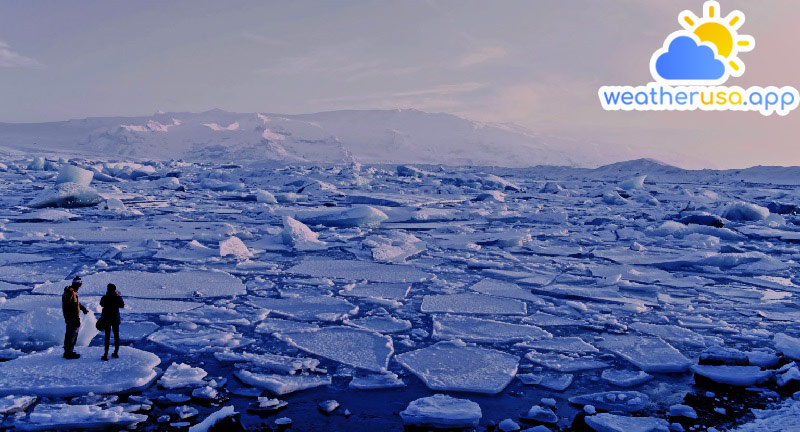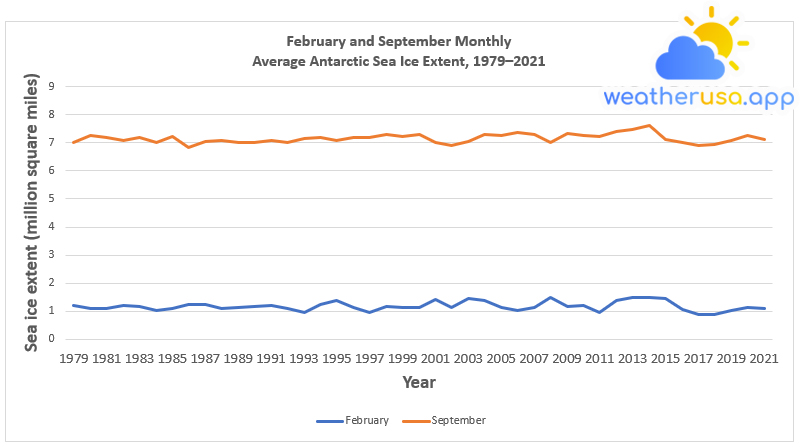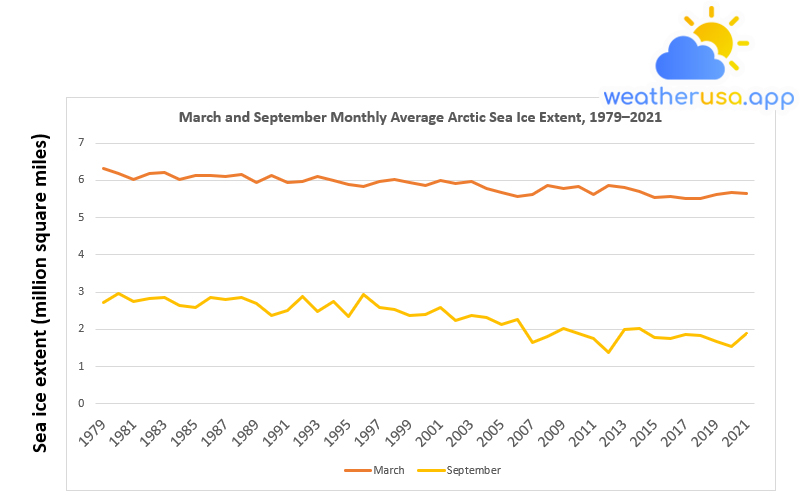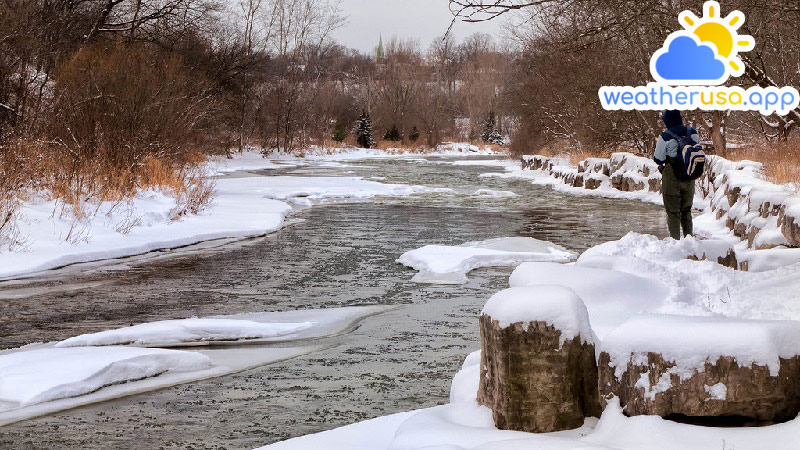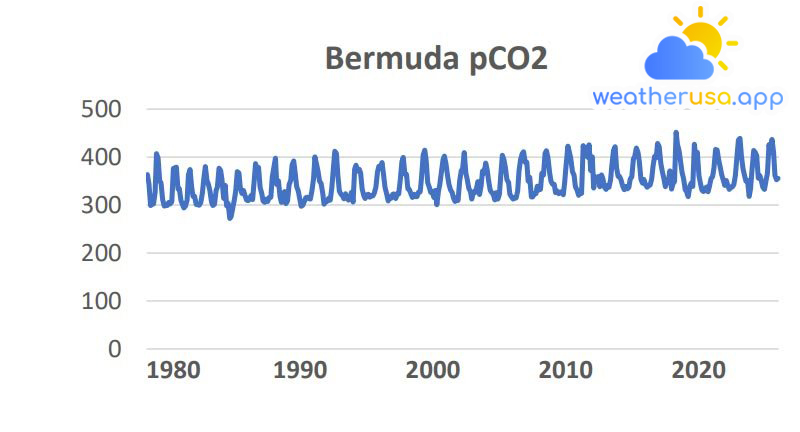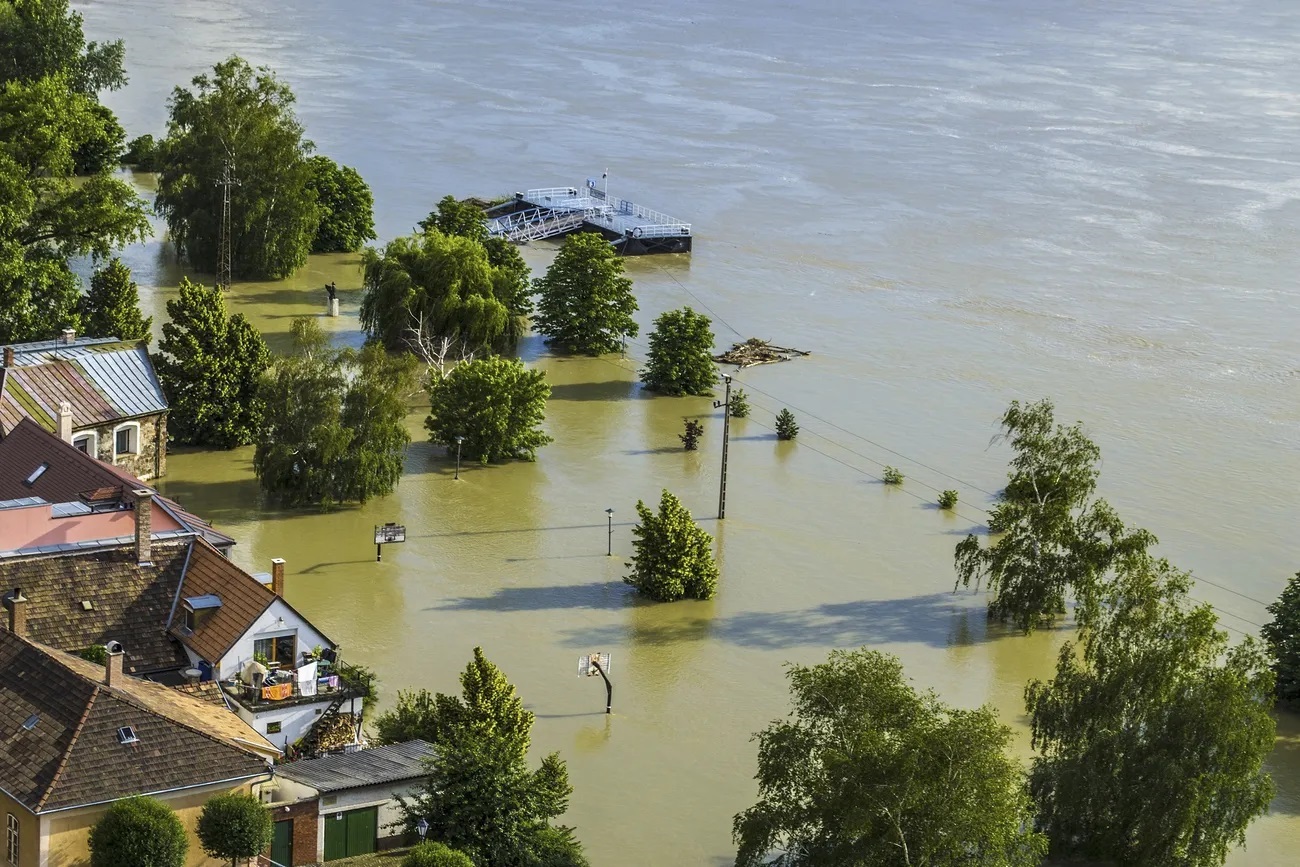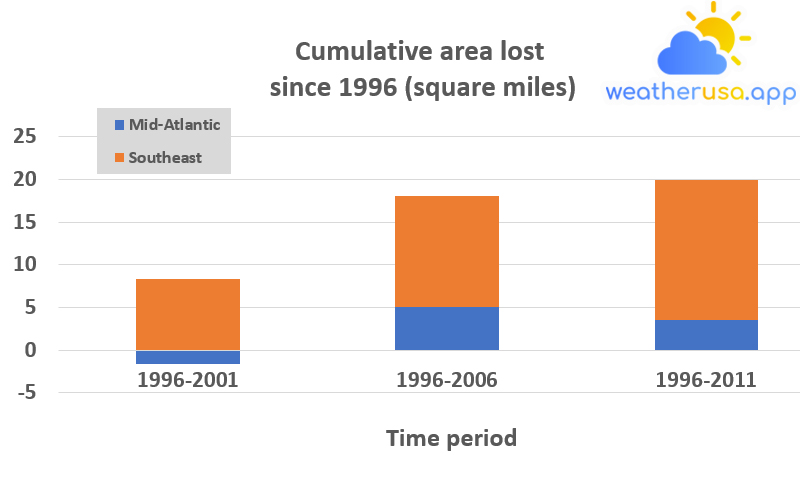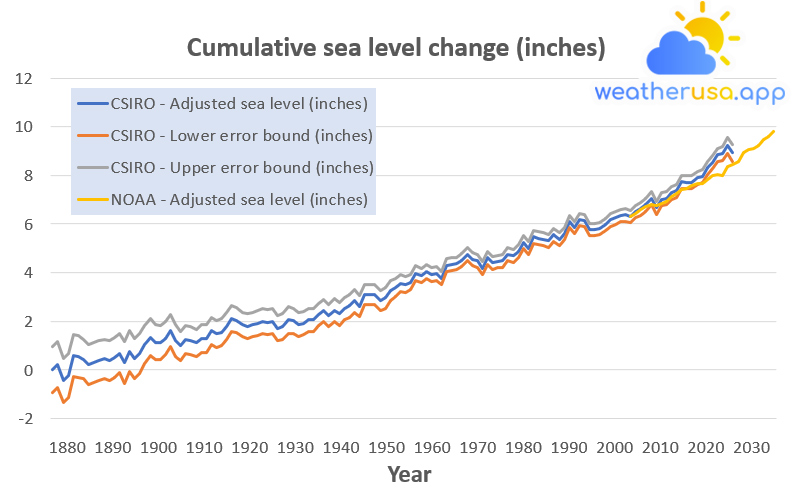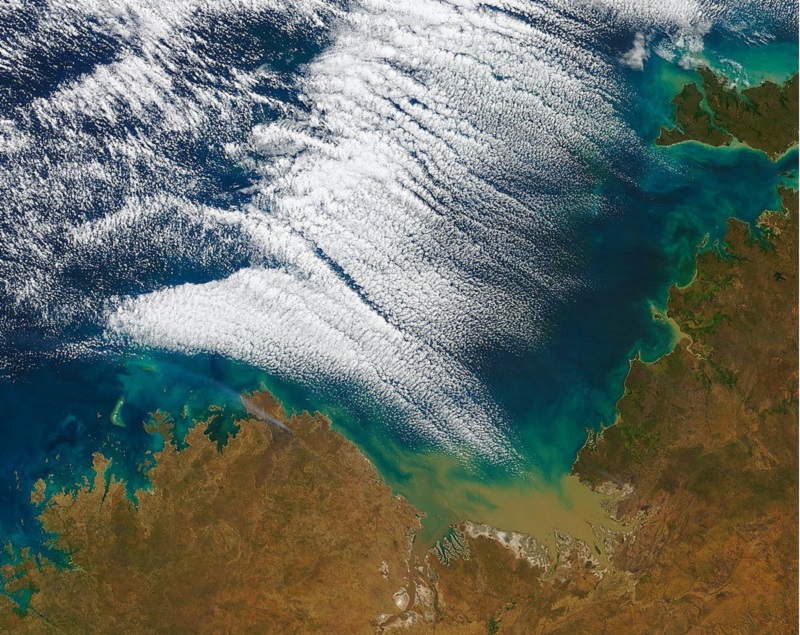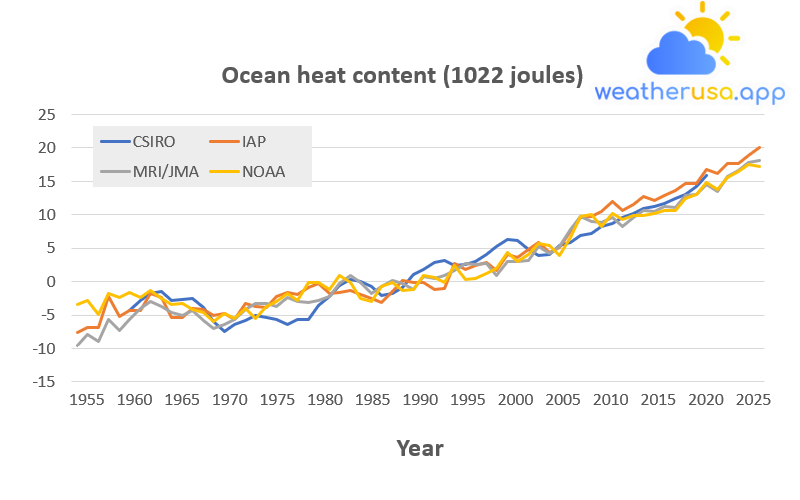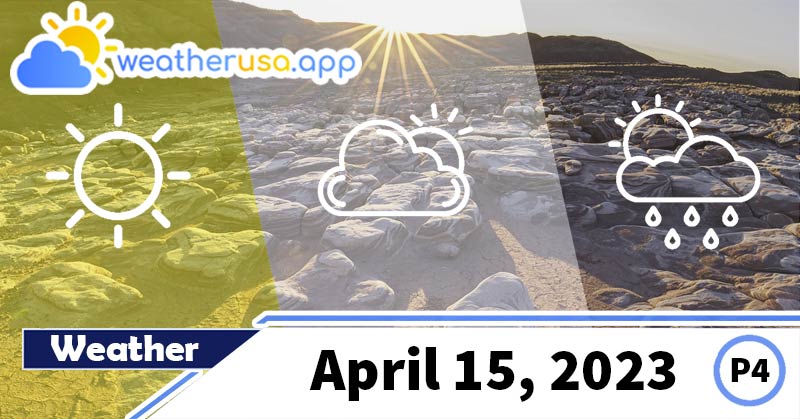Climate Change Indicators
Ice Sheets
Ice Sheets In glaciology, an ice cap, also known as a continental glacier, is a mass of glacial ice that covers the surrounding terrain and is more significant than 50,000 km2. The only current ice caps are in Antarctica and Greenland; during the last ice age...
Antarctic Sea Ice
Sea ice Sea ice arises when seawater freezes. Because ice is lighter than water, it floats on the ocean’s surface. Sea ice covers about 7% of the Earth’s surface...
Arctic Sea Ice
Climate Change Indicators: Arctic Sea Ice This indicator tracks the extent, age, and melting season of sea ice in the Arctic Ocean. Figure 1. March and September...
Snow and Ice
Climate Change Indicators: Snow and Ice Snow and Ice Snow consists of individual ice crystals that grow while suspended in the atmosphere—usually in clouds—and then fall and accumulate on...
Ocean Acidity
Ocean Acidity Ocean acidification is the process by which the pH of the Earth’s oceans decreases as they absorb more carbon dioxide from the atmosphere. The oceans absorb about a quarter of the carbon dioxide released into the atmosphere each year, and as they do so, they become more...
Coastal Flooding
Coastal flooding Coastal floods usually occur when dry, low-lying lands are flooded with seawater. A coastal floodplain results from the uplift of inland penetrating floodwater controlled by the topography of the flooded coastal land. Flood damage modeling was limited to local, regional, or national scales. However,...
Land Loss Along the Atlantic Coast
A Closer Look: Land Loss Along the Atlantic Coast This feature provides insight into one consequence of sea level rise along the Atlantic coast: land conversion into open water.
Sea level
Climate change indicators: Sea level This indicator describes changes in sea level over time. The hand describes two types of sea level change: absolute and relative.
Sea surface temperature
Sea surface temperature Sea or ocean surface temperature is the ocean temperature near the surface. Although the exact meaning of the surface...
Ocean Heat
Climate Change Indicators: Ocean Heat This indicator identifies trends in the amount of heat stored in the world’s oceans. Figure 1. Heat Content in the Top 700 Meters of the World’s...
